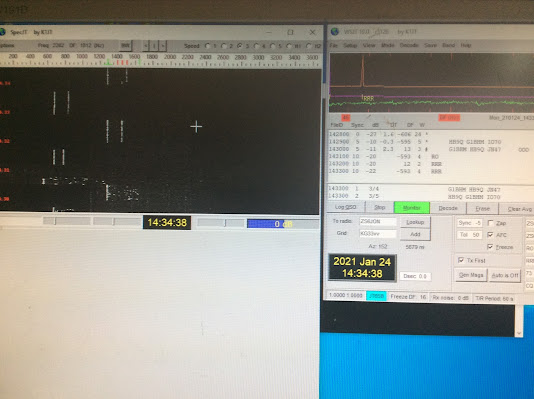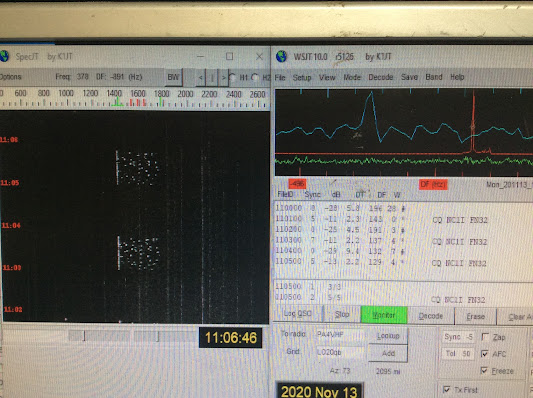I purchased a 2 meter pallet from OK1DFC Zdenek,
it's a 1KW LDMOS on a pallet , so I initially fitted it to a large heat sink for testing .
This module is capable of a KW on 2 meters, i tested it with just below 2 watts input to take it to full power . Since I've fitted it into the main amp and purchased a low pass filter , this way was share the PSU, meters etc rather than another cased unit .
still having problems with the main Meanwell psu tripping , it a pain and would trip mid QSO, still no idea why its doing this , i resorted to building another backup PSU using ex server power supplies , connecting te in series to give 50vols at 44 amps.
normally we cant connect the power units together as the negative rail on these is connected to the ground of the case of the unit , this would give a short on the other power units and it would not work.
I found a simple mode was to take out the PCB , the one corner screw grounded the negative rail to earth so i isolated this , , earth now is just that , not connected to the Negative rail.
I run the amp off this and made some qso, even this amp trips when PTT is pressed , so something is pissing them off as they are quite sensitive . They do reset , unlike the Meanwell main PSU that i can not use , for a £500 psu its not good.
this is them running the Amp.
Building this power supply was a good learning curve , each unit cost only £12 on ebay , but you take your chances as sometimes you get duff units , i got 8 of them and two proved duff. Against the cost of the meanwell unit its a no brainer .
We have to modify each unit to isolate the earth from the Negative rail on each power supply which is very easy to do, since we are connectiong them in seires we cant have the negative rails connected to the case of each unit .





























